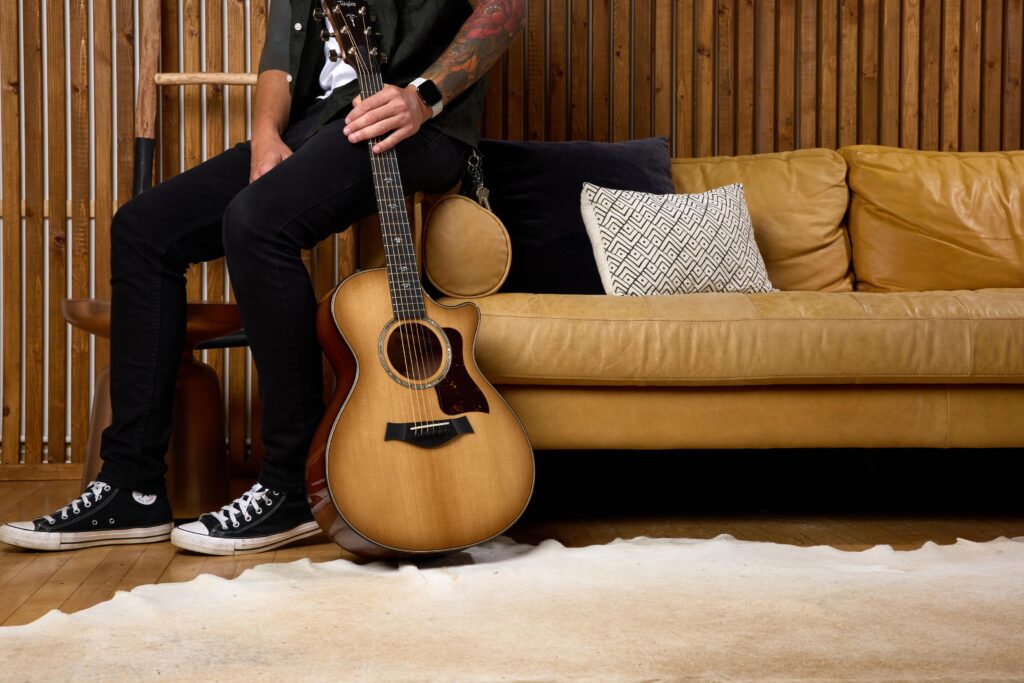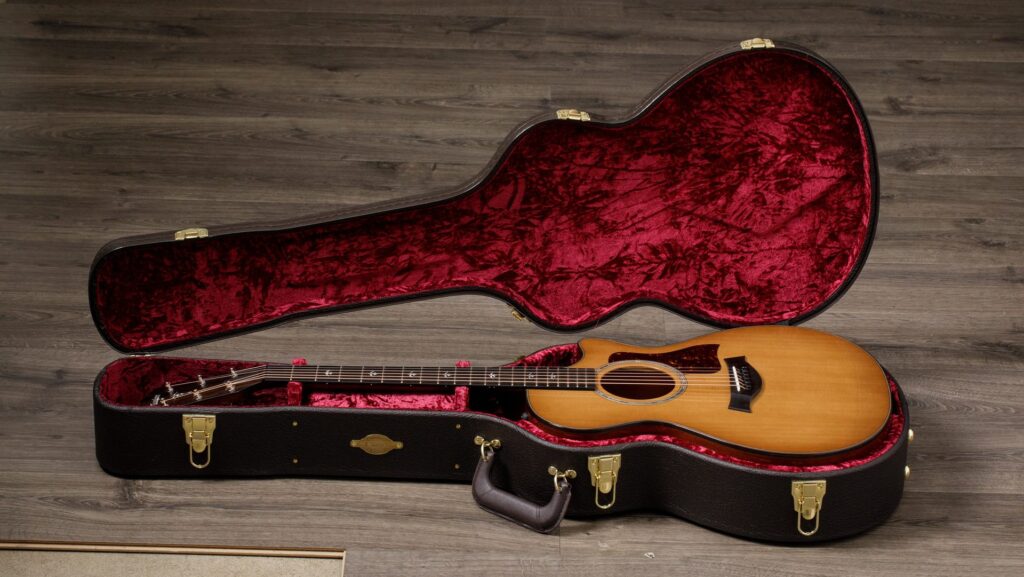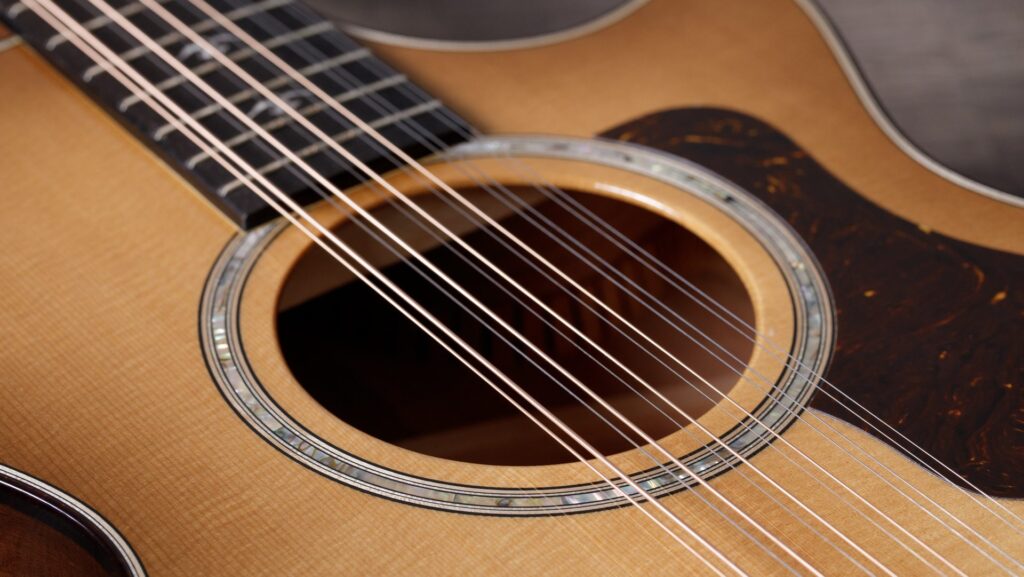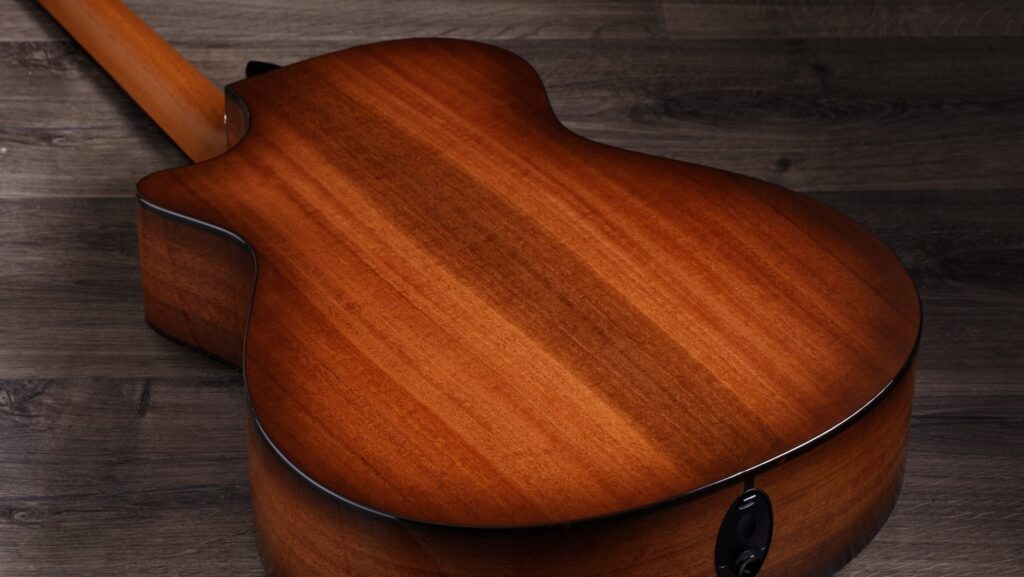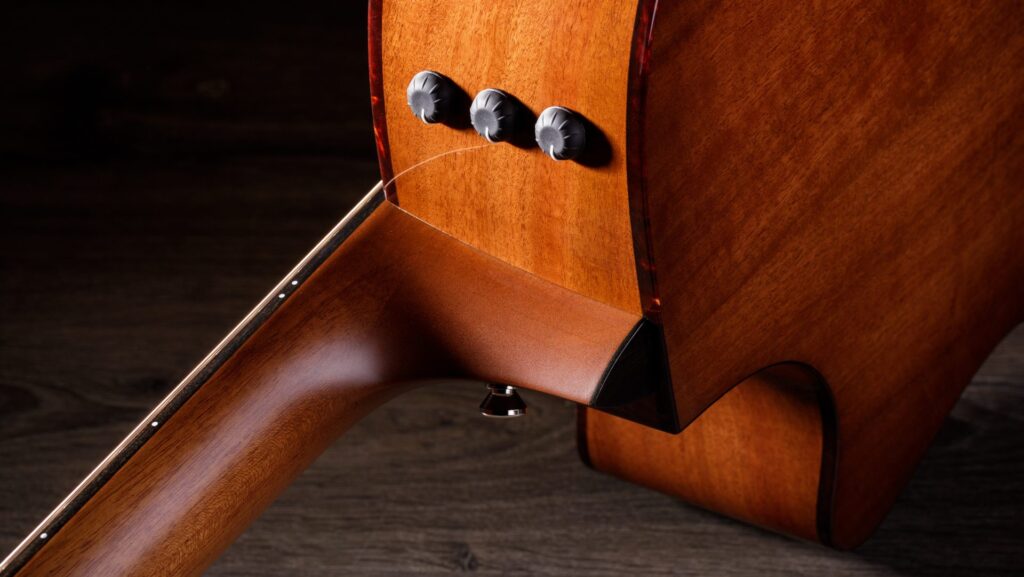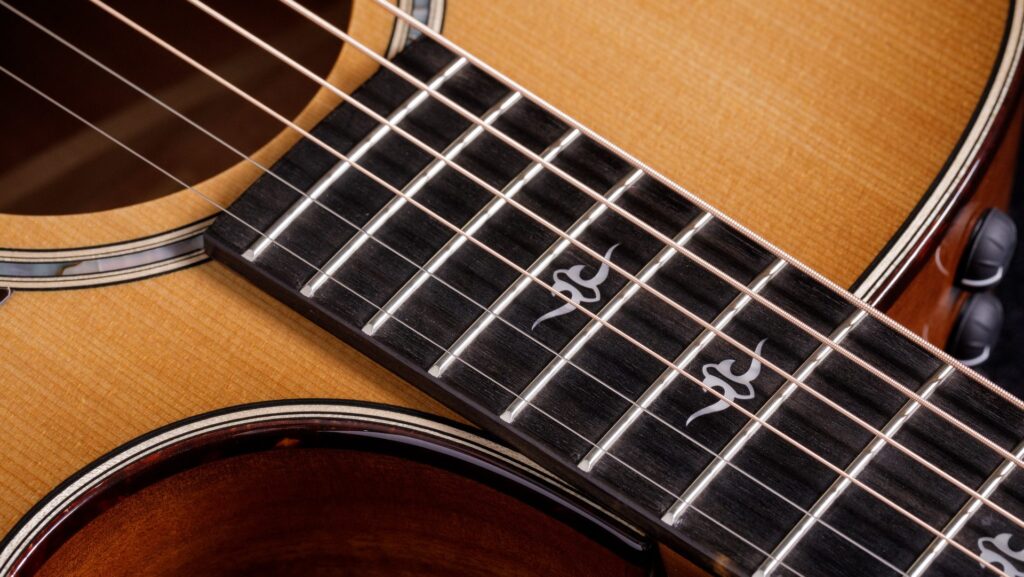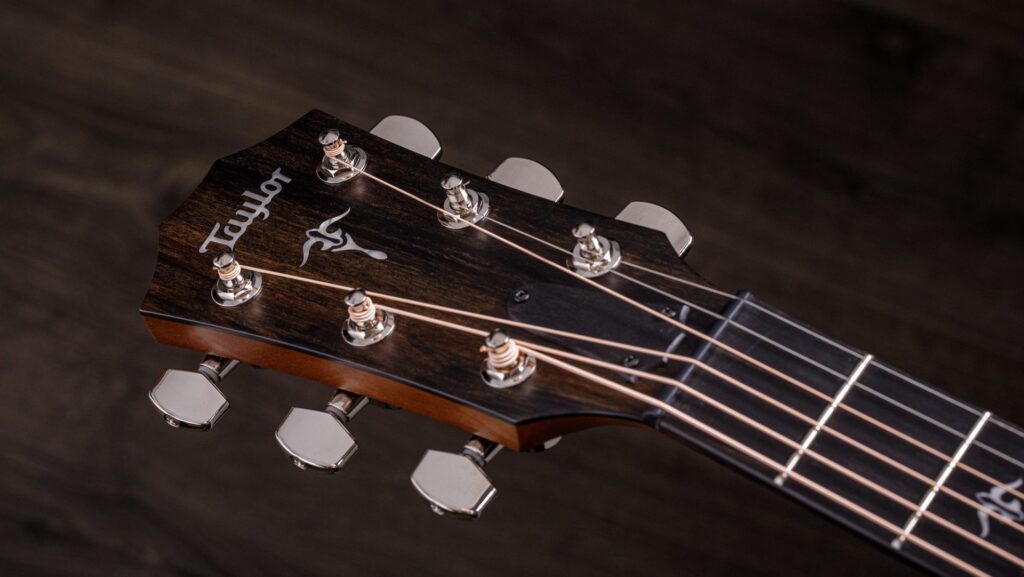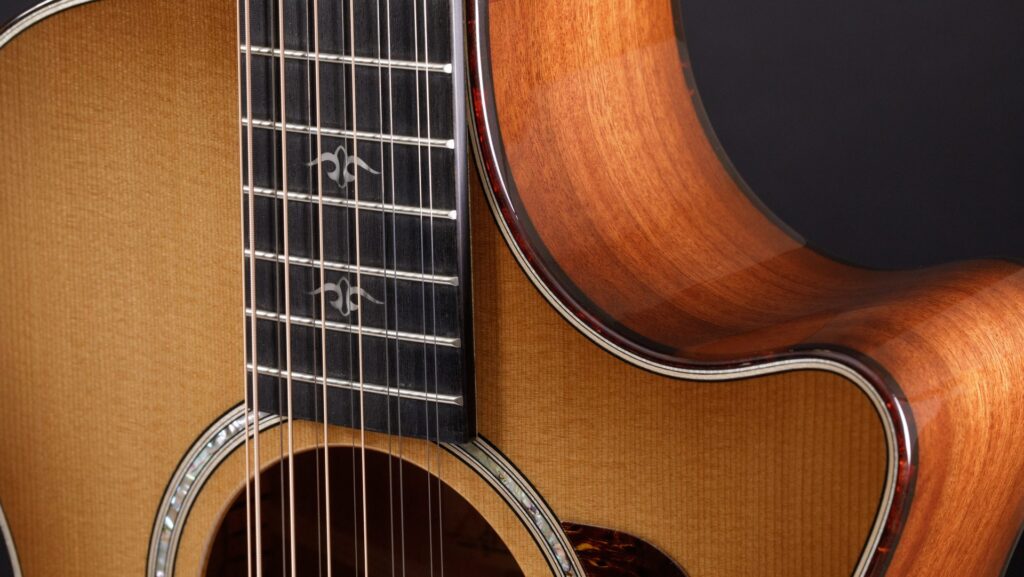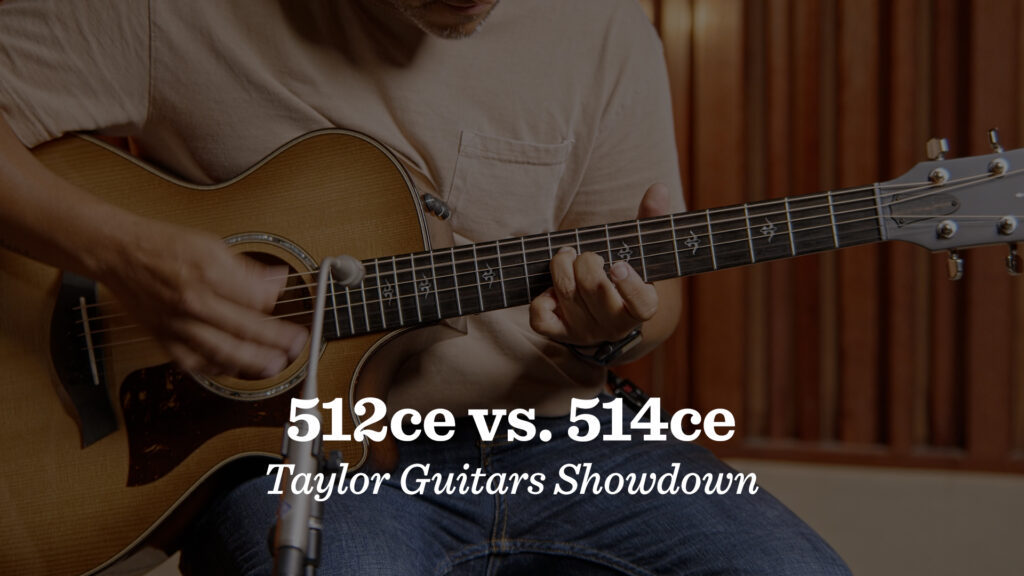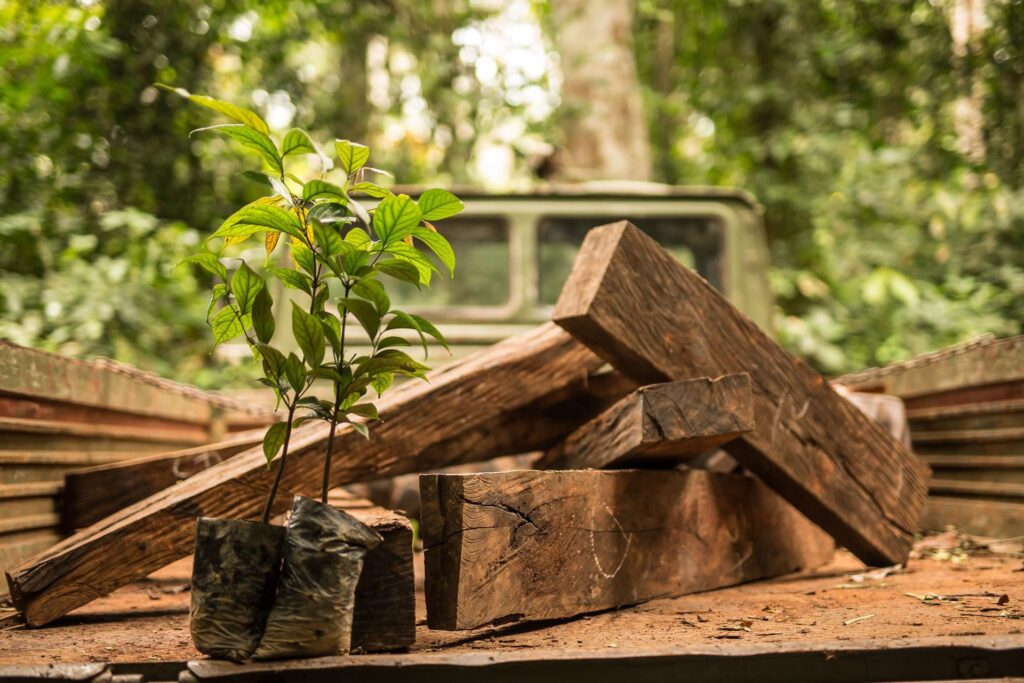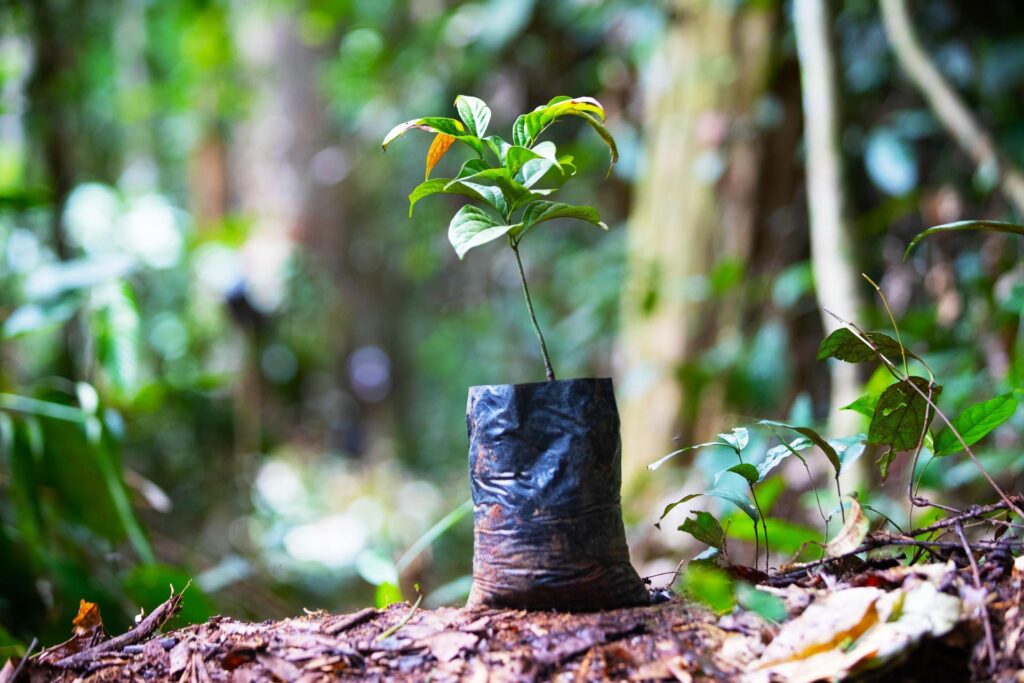It’s been two years since we revamped our 500 Series around an all-new tonewood, and in that time, the series has doubled in size, offering players more variety in both sound and feel. What was formerly the home of our mahogany guitars has become a showcase for red ironbark, a responsibly sourced wood that’s part of our sustainability-focused urban woods initiative. Let’s take a look at the 500 Series today.
What is red ironbark?
Selecting woods for building acoustic guitars is a careful, deliberate process even with woods that come with a long history of use for that purpose—even sets of rosewood, mahogany, and spruce are meticulously evaluated before being cut and shaped.
Discovering new tonewoods is an even trickier process. To be used in acoustic guitars, a wood must have favorable physical characteristics, such as density and flexibility, which translate into appealing sonic traits. The wood must be workable with existing tools, responding well to being cut, dried, sanded, and all the other processes that go into creating the system of parts that adds up to a good guitar. It’s also paramount that we can ethically and reliably source sufficient quantities of the wood to build guitars at scale to be sold worldwide.
And most importantly, it has to have that intangible quality that makes a wood attractive to musicians. It has to sing.
All those factors came together in brilliant fashion in the early 2020s when master designer Andy Powers and his team began working with red ironbark (Eucalyptus sideroxylon). One of more than 700 species within the eucalyptus family, red ironbark is extremely dense and hard, similar to ebony in its basic physical traits. But unlike ebony and other similarly dense woods, red ironbark is relatively easy to work with—it responds well to our drying process, and its stability means it can be shaped with low risk of cracking.
“Usually, denser woods are hard to dry and prone to distortion, which needs to be carefully controlled to yield a stable guitar part — like ebony,” Andy Powers says. “With red ironbark, we were surprised to find we could dry it consistently well the way we might dry East Indian rosewood. This ironbark has similar characteristics in that regard. It’s very stable.”
Named for its tough, thick bark and reddish interior hues, ironbark has been used for high-stress applications like construction beams and even railroad ties. It also grows well in a wide range of non-native climates thanks to drought- and cold-resistant properties. All together, it’s a recipe for an intriguing new tonewood.
Sonically, red ironbark bears some of the hallmarks that have made rosewood a beloved material for acoustic guitars: it’s clear and articulate with a high-fidelity voice.
“The red ironbark has a tone-shaping quality where it produces the deep, clear sound of rosewood but with just enough of the damping effect of ebony or mahogany that helps smooth out the sharp edges of the sound,” Andy says. “The voice is bold, rich and sweet. It has that bell-like amplifying response of a dense wood — it’s vibrant and dynamic. Imagine if you could take the traditional sound of a rosewood guitar, while filling and warming the midrange. It has a very piano-like character.”
Crucially, red ironbark—which we’ve dubbed Urban Ironbark here at Taylor—is a new frontier in our pioneering urban woods program (in partnership with West Coast Arborists), which seeks to create value around woods that can be sourced from trees that are professionally planted, maintained, and at the end of their life cycle, removed, across cities and suburbs. (Think of all the trees that form a municipality’s green canopy, in parks and other public spaces, and along streets and highways.)
For tops in the 500 Series, Andy selected torrefied spruce, which has been treated with a proprietary roasting process. It boasts all the sonic traits of traditional spruce—clear projection, bold volume, touch sensitivity—but with an added touch of warmth and depth that you would usually expect to hear in an older, more played-in guitar. In the design process, Andy found that torrefied spruce plays especially well with ironbark’s sweetness and clarity.
Enough about wood. Let’s talk guitars.
Red Ironbark in Action: 500 Series Guitars
We launched the revamped 500 Series in 2022 with a pair of models that should feel familiar to anyone who’s been following Taylor for a while. The inaugural pair—a Grand Auditorium 514ce and a Grand Concert 512ce—paired red ironbark with torrefied spruce in two body shapes that have consistently proven both highly versatile and popular among players. In recent months, we’ve added new models to the family, including a 12-fret Grand Concert and a 12-string model. All four are voiced with our V-Class bracing, which adds more volume, longer sustain and greater harmony up the neck.
Aesthetically, all four models feature subtle appointments that reflect a traditional visual vibe. The back and sides have been treated with a gentle edge stain that accentuates the golden-red coloration of the wood, along with a lightly shaded edgeburst capped with a gloss finish for the body and neck. These guitars include a new “Aerial” inlay design fashioned for the new iteration of the series, which is crafted in Italian acrylic. Other details include a faux-tortoiseshell pickguard and matching binding, a single-ring abalone rosette with maple and black purfling, and nickel tuning machines. It adds up to a throwback aesthetic that honors the mahogany heritage of the series while looking forward in typical Taylor style.
514ce
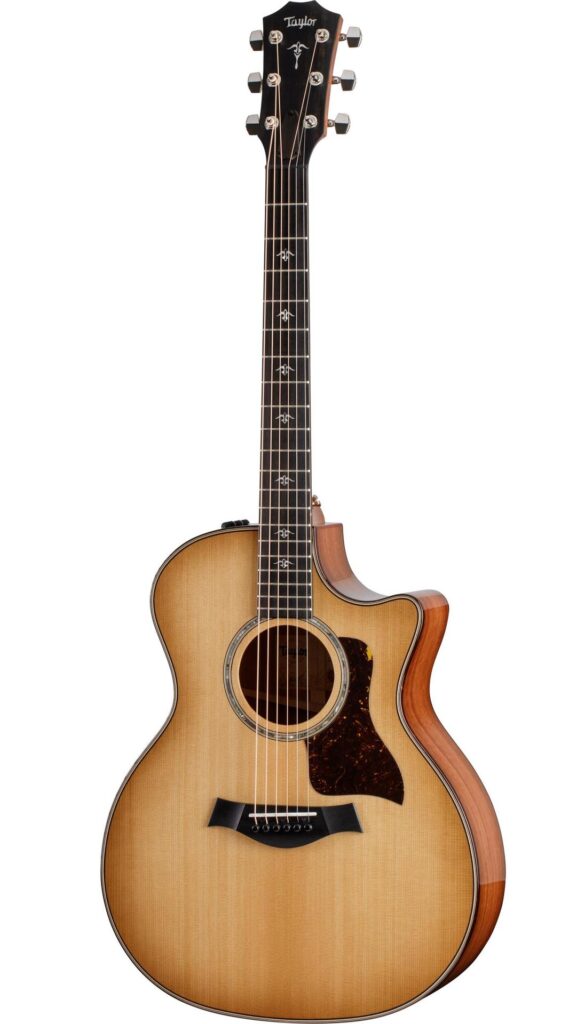
The Grand Auditorium is our most popular body shape for good reason. Its mid-sized dimensions give it a comfortable profile for a wide range of players, and its tonal characteristics cover a similarly broad swath of musical territory.
512ce
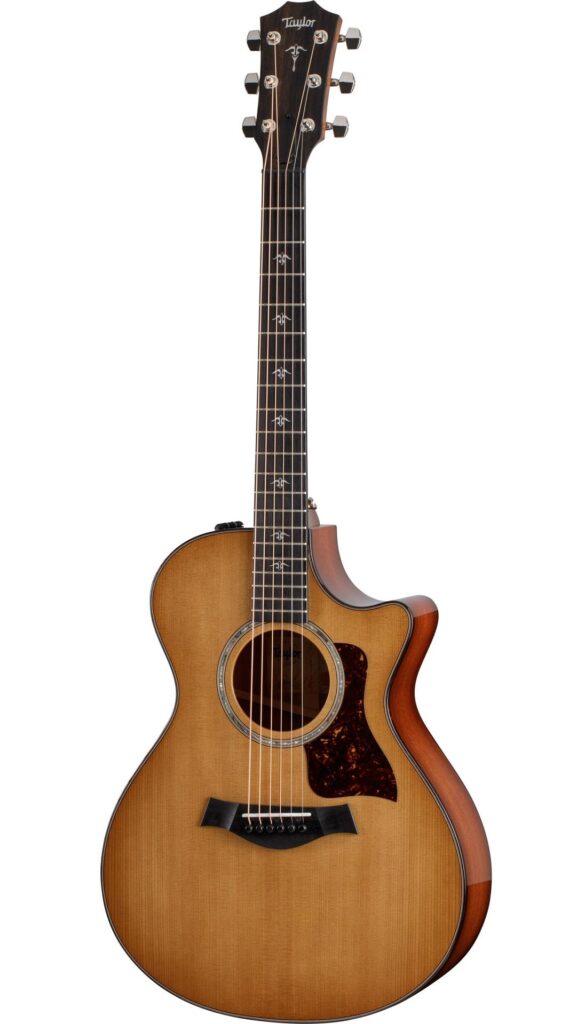
More compact than its Grand Auditorium counterpart, this Grand Concert model offers an intimate, accommodating feel complemented by exceptional tonal articulation. It’s a great choice for fingerstyle arrangements and recording applications.
512ce 12-Fret
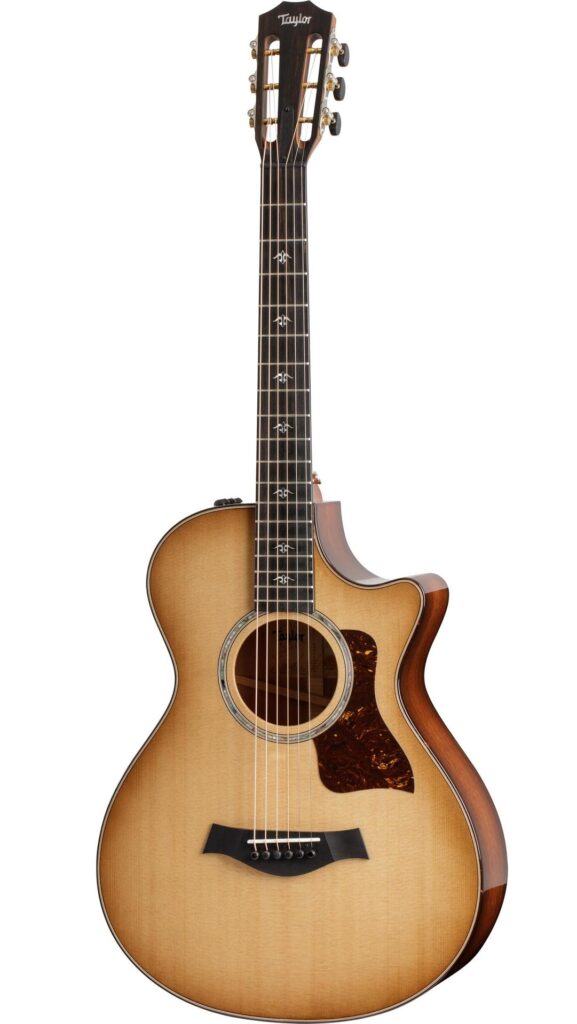
This modified version of the Grand Concert model features a neck that meets the body at the 12th fret instead of the 14th, resulting in a slightly slinkier hand feel. Since the bridge position is slightly shifted toward the center of the lower bout, players will also notice a touch of additional midrange presence.
552ce
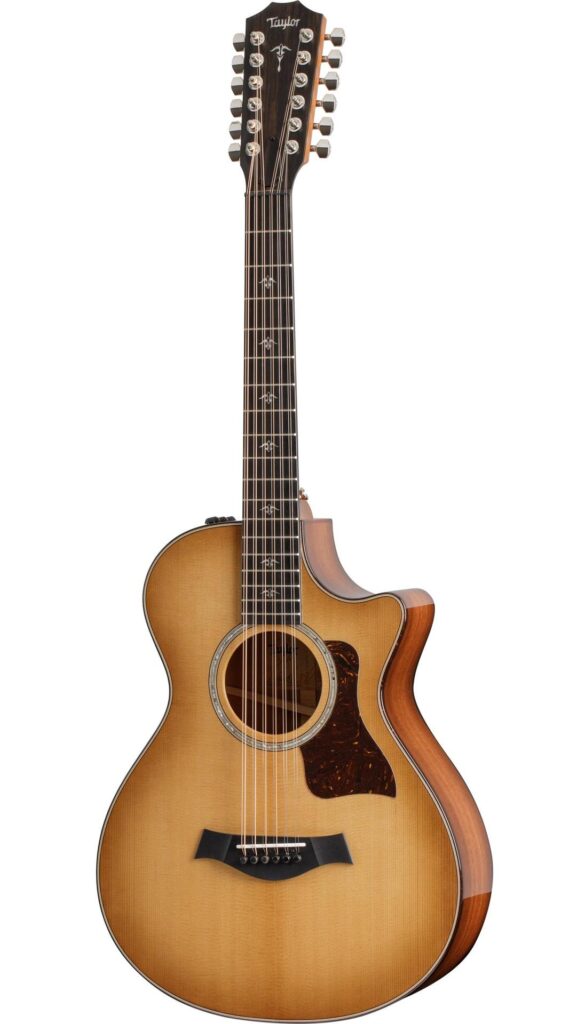
The final ironbark model to join the 500 Series is another Grand Concert, this time in a 12-string configuration. We like the combo of the compact body shape and the 12-string style because it produces all the rich octave texture you’d hope to hear in a 12-string model without losing clarity, balance and articulation.
Bonus: Builder’s Edition 517e
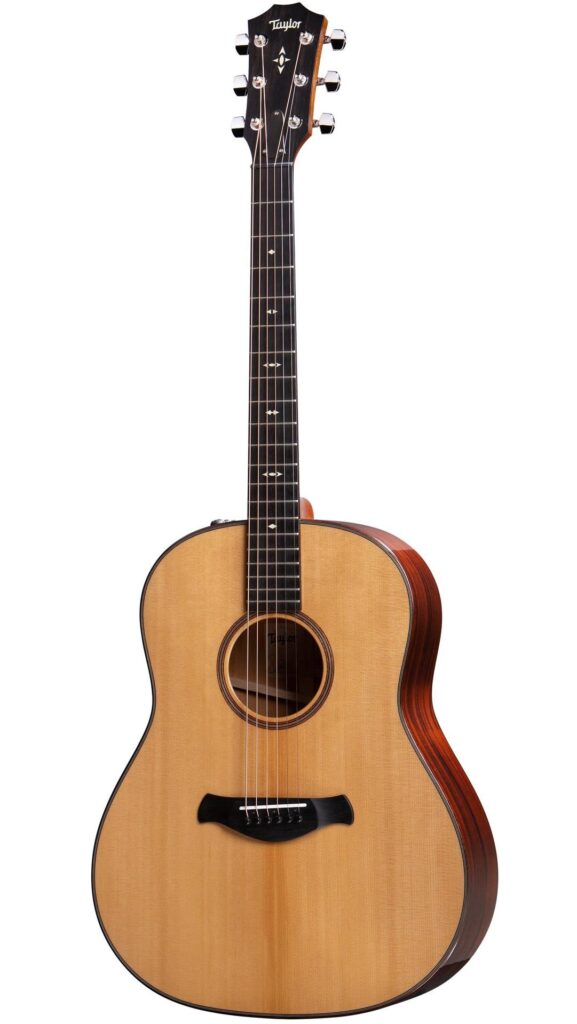
Technically a holdover from the mahogany iteration of the 500 Series, we’ve continued to offer the Builder’s Edition 517e because of its popularity with players. This Grand Pacific round-shoulder dreadnought features back and sides of mahogany paired with a torrefied spruce top, yielding a warm, woody midrange punch with clear low-end power.
You’ll find all 500 Series models at authorized Taylor dealers and on TaylorGuitars.com.

























